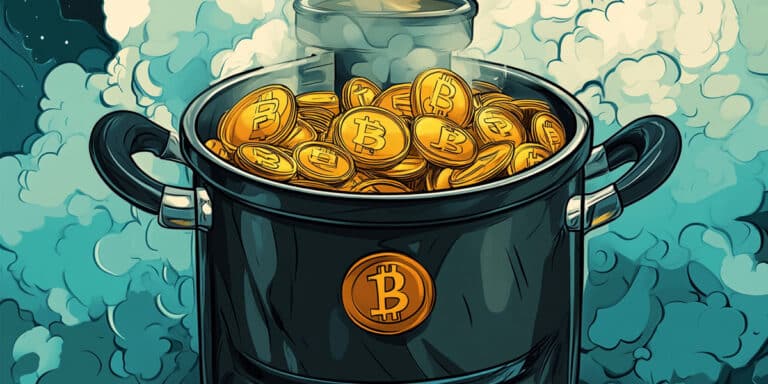Bitcoin Faces More Selling Pressure Over U.S. Government and Mt. Gox Holdings
Mt. Gox to Release $2.7 Billion in Bitcoin by Year-End; U.S. Government Holds $12.1 Billion in BTC as Long-Term Holders Control 75% of Supply.
Key Takeaways:
- Mt. Gox is set to distribute 46,000 BTC worth $2.7 billion before the end of 2024.
- The U.S. government holds over 203,000 BTC worth $12.1 billion.
- Long-term holders have increased by 262K, now holding 75% of BTC supply.
Bitcoin's momentum could face significant headwinds in the coming months as the United States government and the defunct crypto exchange Mt. Gox might introduce nearly $15 billion worth of additional selling pressure.
This development comes when Bitcoin's price movements have already raised concern among short-term holders and retail investors.
Potential Market Flood from U.S. Government and Mt. Gox
The cryptocurrency market is bracing for a potential influx of over $14.8 billion worth of Bitcoin, which could exert downward pressure on the asset's price.
The U.S. government currently holds more than 203,000 Bitcoin, valued at approximately $12.1 billion, while Mt. Gox is preparing to distribute an additional 46,000 Bitcoin worth over $2.7 billion.
Related: US Government Moves $600 Million in Seized Bitcoin to Coinbase Prime
The Mt. Gox distribution, scheduled on the Kraken exchange before the end of 2024, is part of a long-awaited repayment to creditors that has been delayed for over a decade.
Despite the substantial amount involved, a report by crypto analytics provider Kaiko suggests that the repayments are unlikely to cause significant market disruption:
“Kraken has handled BTC ETF flows with just a minor increase in slippage at the US market close. Its liquidity profile suggests that any additional selling pressure from the Mt. Gox repayments is unlikely to cause structural issues that could affect the broader market.”
Meanwhile, creditors have shown restraint in selling their recovered assets despite Bitcoin's remarkable 8,500% appreciation in value since Mt. Gox collapsed in 2014.
A recent distribution of nearly $3 billion worth of BTC at the end of July did not trigger a significant sell-off.
Similarly, a July 29 Glassnode report noted, “Creditors opted to receive BTC, rather than fiat, which was new in Japanese bankruptcy law […] As such, it is relatively likely that only a subset of these distributed coins will be truly sold onto the market.”
This observation is supported by data from the spot cumulative volume delta (CVD) on Kraken, which has not shown a significant uptick following the Mt. Gox BTC distribution.
Long-Term Holders Remain Steadfast and Short-Term Holders Face Uncertainty
Despite the looming threat of increased selling pressure, long-term Bitcoin holders have shown remarkable resilience.
According to analysts at CryptoQuant, the number of long-term holders has actually increased by 262,000, now accounting for 75% of the total Bitcoin supply.
This trend suggests a positive sentiment for Bitcoin's long-term value proposition among a significant portion of investors.
In contrast, retail traders and short-term holders have exhibited more volatile behavior.
When Bitcoin's price fell below $50,000, many short-term holders engaged in panic selling.
Data from Glassnode indicates that these short-term holders (STHs) saw their market value to realized value (MVRV) ratio drop below 1.0, signaling that they were experiencing losses.
The deviation between the spent and holding cost basis of Bitcoin led to an overreaction, with many retail traders exiting their positions in the market.
This behavior has contributed to the selling pressure that has prevented Bitcoin from decisively breaking through the $60,000 barrier.



